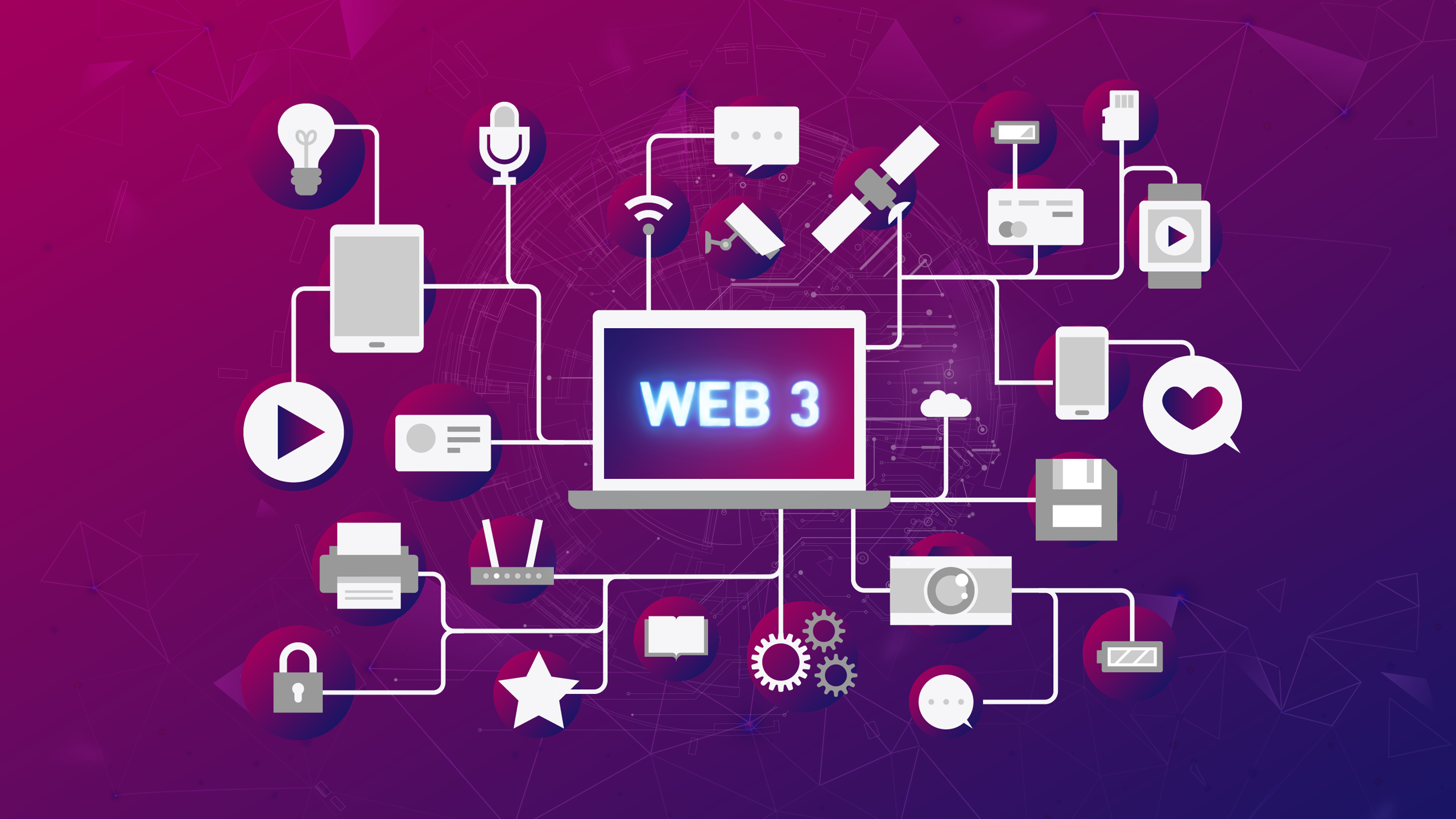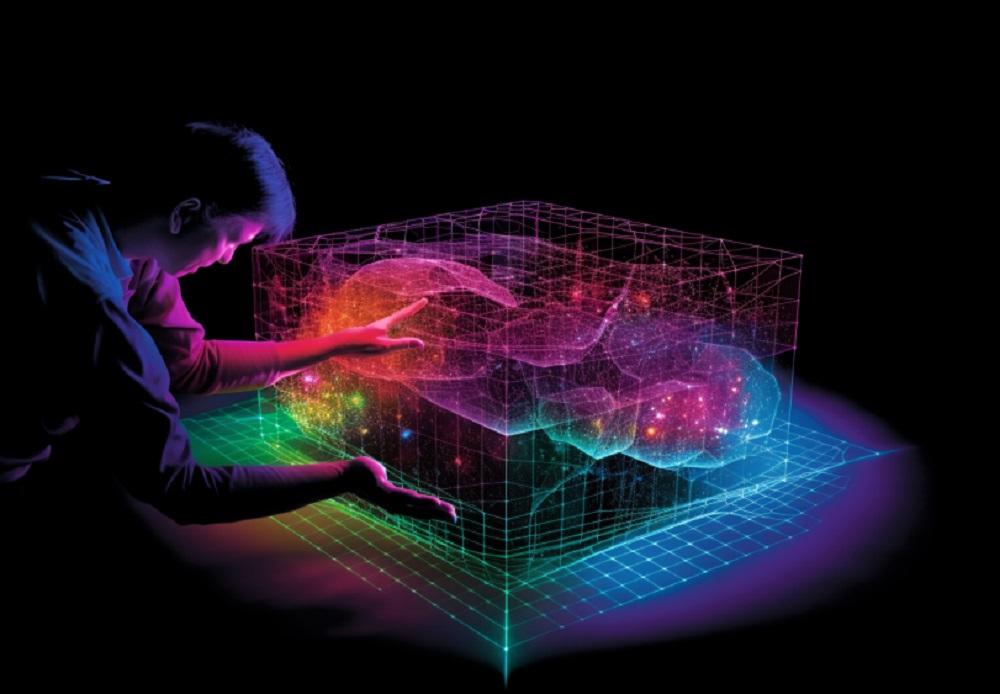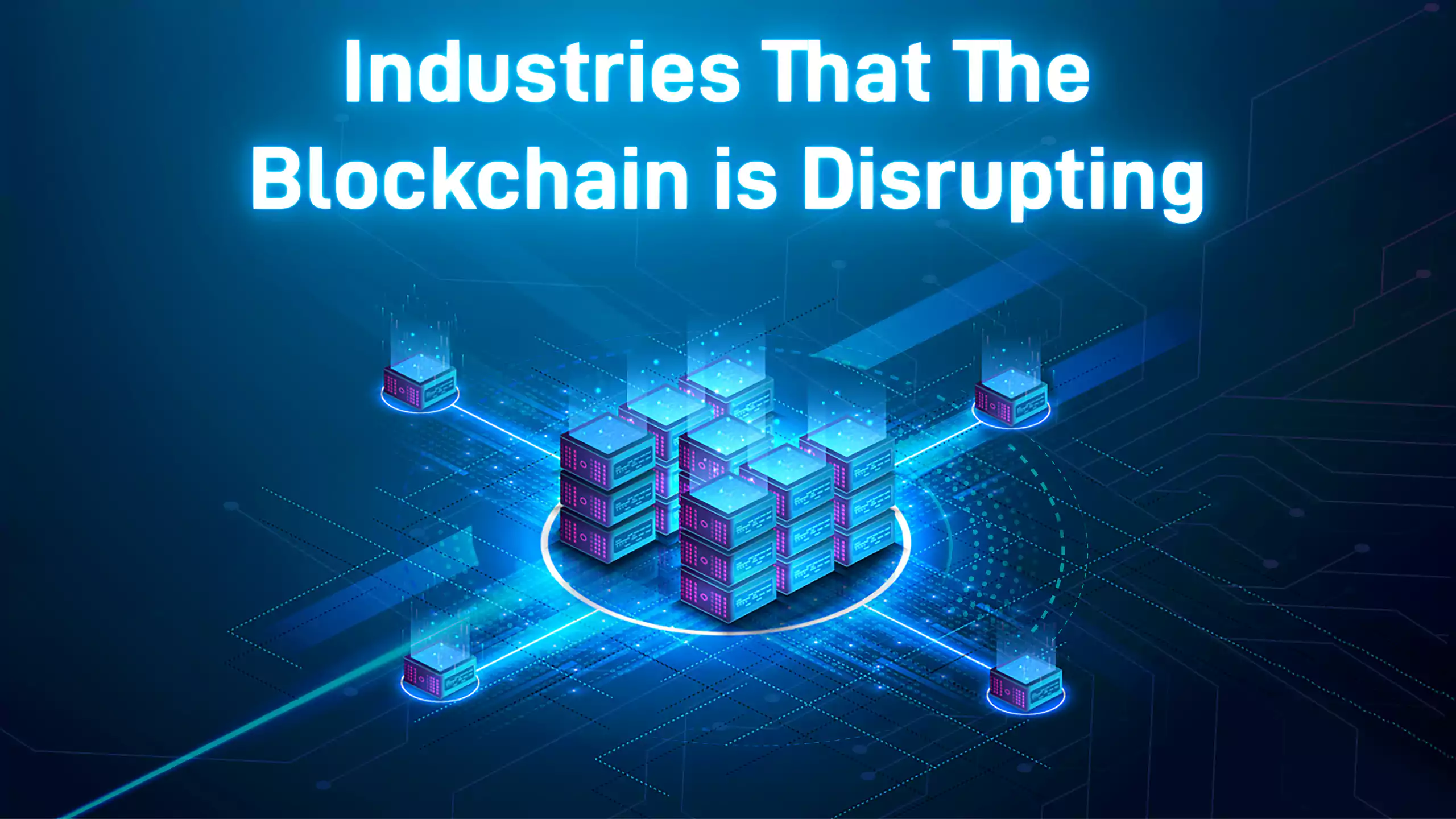With the world undergoing another internet evolution, Web 3.0 is the hottest topic on the internet today. It is rife with fresh jargon, many juicy promises, and much talk, but few who understand can visualize and become players in it. If you're one of those that want to get acquainted with this buzzword, then this article is for you.
Let’s dive and learn what Web 3.0 is and why it is so important.
The Evolution of the Internet
The first generation of the internet, Web 1.0, existed from the early 1990s and the mid-2000s. It was also called the read-only web as it was characterized by static or read-only websites and personal sites. Web 1.0 started as a place for businesses and organizations to broadcast their information, with users only being able to read them. But for lack of more interaction and engagement, Web 2.0 emerged.
The second generation of the internet (Web 2.0) came with participatory culture, end-user usability, and better operability. Different features sprung forth, allowing for sharing content, tagging, and search engine optimization, such as social media sites, website applications, and wikis. Firms specializing in Web2 develop sophisticated, innovative apps that quickly gain traction and increase their number of users.
The Web 2.0 setup can be classified as dynamic. However, in exchange for free use, users unknowingly give up their personal information to Web 2.0 businesses for advertising or political campaigning. Thus, many of these companies have become the most valuable in history in less than a decade.
Presently, even with Web 2.0 very much around, there is a third generation of the internet, Web 3.0, which will eclipse and disrupt every innovation before it. It enables everyone to carry out different actions and activities with no servers, intermediaries, or authorities to manage and control data.
This iteration of the internet employs technologies like Machine Learning(ML), Big Data, and Decentralized Ledger Technology (DLT), among others, for applications and websites to handle data in more innovative ways.
Three words aptly describe Web 3.0: Open, Trustless, and Permissionless. Open here means that it is built by a community of developers with uninhibited accessibility and openness, from open-source software executed with transparency in everyone's view. Trustless, entail the absence of the need for a trusted third party. The network enables users to engage in private and public interactions. Permissionless because all players can carry out activities without approval from higher authorities.
The future of the internet as painted by enthusiasts in Silicon Valley is a phase where users will manage their servers, decide how their data is used and shared by other parties, become the owners of digital properties, and access seamless and borderless payment systems. And this future is already here.
Major characteristics of the latest internet phase include the advent of decentralized applications (dApps), which could eventually replace regular applications today, and the prioritization of back-end functionality instead of front-end functionality prioritization in Web 2.0.
Why Does Web 3.0 Matter?
Blockchain and Cryptocurrencies Web 3.0 aims to build a decentralized web that allows websites and services to operate on every computer network. Its network will be powered by blockchain technology and digital tokens. In addition, user data will be validated using blockchain technology, and purchases will be made using cryptocurrencies.
Decentralized Applications
The names' Web3 apps,' 'decentralized applications,' 'dApps,' and 'Web3 dApps" are all interchangeable. They all refer to Web3's decentralized blockchain-based applications. Smart contracts are an important feature of many dApps. They are self-executing software contracts backed by blockchains, like the Ethereum blockchain. These automatically ' run ' or execute when an appropriate set of conditions is satisfied. As a result, these "contracts" can automatically validate and carry out a transaction between two parties. Since Web3 apps and dApps use smart contracts, the contracts' logic can direct the behavior of the apps. In effect, this eliminates the need for a middleman in the form of a company or people.
Online Payment
In terms of online payments, web 3.0 will change the status quo. Instead of contacting banks before paying bills, we are granted more autonomy. Furthermore, using tokenization which is a novel security method for online and digital payments that helps protect critical payment account information from being exposed, Web3 applications will employ innovative online payment methods for simple, anonymous, and safe transactions.
What Are The Possible Threats to Web 3.0?
Security
Cybersecurity is becoming increasingly popular as many with the fear of the unknown perceive it might worsen given that Web3 is still a nascent technology.
Impact on the Environment
A major criticism of blockchain technology is its impact on the environment due to its dependency on mining. Mining entails competition and uses the proof-of-work (PoW) mechanism to verify and add new transactions to the blockchain. The miner that wins the tournament receives a portion of the cash and transaction fees.
Privacy
Another popular concern is that Web3's principles of individualizing all web users would amplify dangerous actions and create new ones. The core infrastructure of Web3 is completely anonymous. Many fear that cryptocurrency has been used to assist criminal activities by utilizing this anonymous way of payment, and the same would characterize the newest internet phase.
Conclusion
The older versions of the web have become a shadow of their former selves and have become corrupted by its overwhelming success and achievement over the years, with big companies making money from our data in ways we never imagined and the government controlling and running services. The emergence of Web 3.0 will be the dawn of a new era, and it will bring with it a huge transformation to the internet age as we know it. A new age where money and payment processes are fully digitized, with decentralized applications contesting the more centralized ones and participants exercising more control over their data flow. A fairer and more transparent new era awaits.
In all, owing to the dysfunctionality and lack of scalability that could arise from a huge project of this sort, it will not be out of place to see people express fears and concerns. While it is okay to be inflexible, it is not okay to stay inflexible, and we hope this article has given you fresh perspectives on the topic of Web 3.0.






